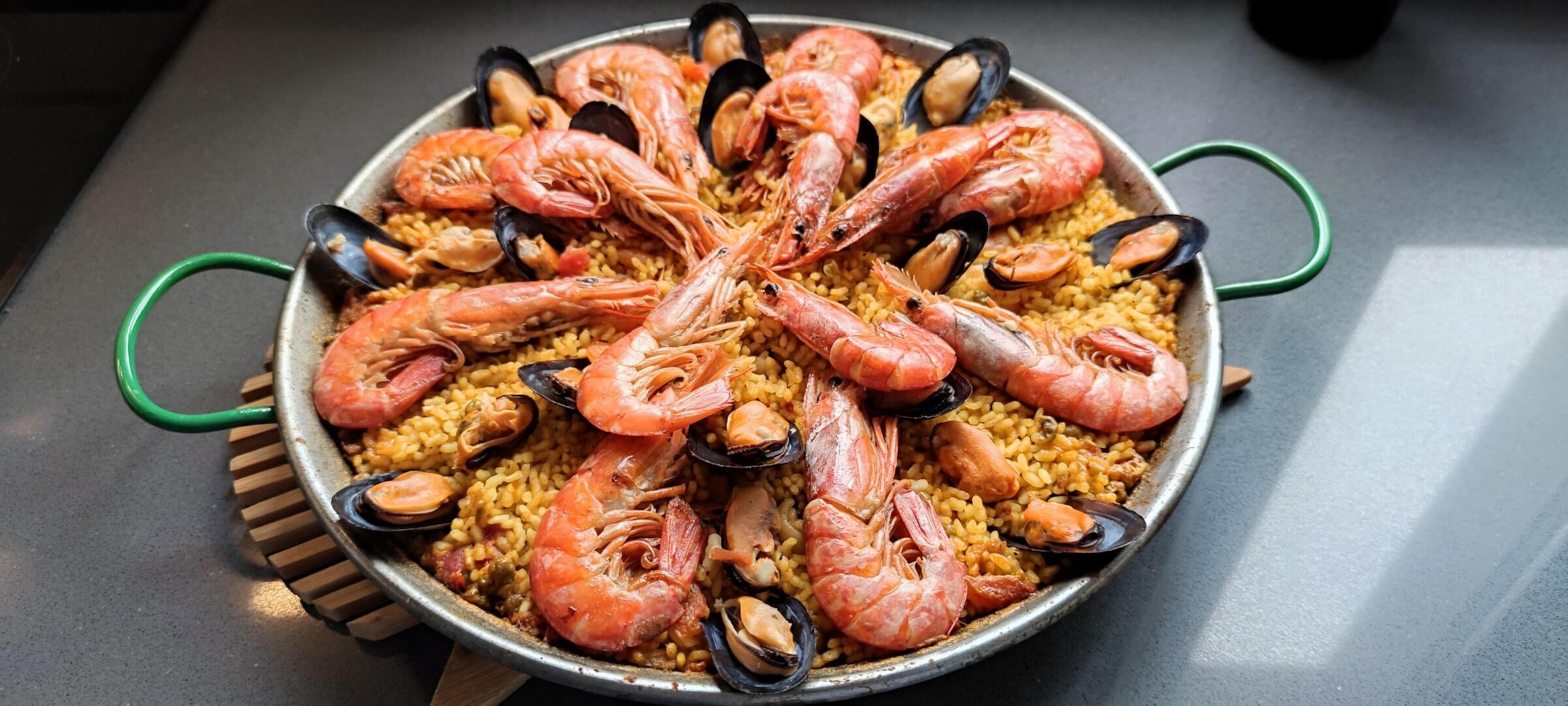Why Malvasia Bianca Might be the Perfect Winter White Wine
What makes a white wine sip worthy as the temperature dips? It should be vibrant and fresh without being too tropical fruit-tinged or reminiscent of an August patio pounder, yet not so voluptuous or heavy-handed to be tiresome after just half a glass. And while a contender doesn’t need to be too showy or expressive on the nose or palate, it shouldn’t come across as ho-hum and neutral, either. Malvasia Bianca ticks off all the boxes.
Malvasia Blanca at Home in Puglia
Though Puglia is known for its big Italian reds including Aglianico, Primitivo and Negroamaro, Malvasia Bianca is emerging as the region’s standout white. Unlike the rich, lush, semi-dried passito treatment the grape gets in Sicily and Sardinia, the dry style vinified here touts acidity and structure, with a body that’s both delicate and textured. Malvasia Bianca from Puglia (and elsewhere) is a hot option to serve as the weather turns cooler.
“When I taste Malvasia Bianca it brings a smile to my face and reminds me of the Mediterranean,“ says Gordana Kostovski, Master Sommelier and owner/operator of Townsend EPX, a French bistro in Philadelphia. “It is soft and subtle yet present, with peach, apricot, jasmine and honeysuckle on the nose and almond and mineral on the palate.”
Kostovski calls these wines ripe and ready for service and features them on the menu at Townsend EPX as well as at their Spanish concept, Oloroso. She also believes wine fans would be surprised to learn that Malvasia Bianca is more ubiquitous than they might think, since it has many aliases including Caccarella, Greco and Moscatella.
The variety has been planted for decades in Puglia, where it thrives in the warm growing conditions and produces yellow-brown grapes with low to medium acidity. Tenute Rubino has been producing Malvasia Bianca since 2004 in the Puglia’s southern Salento region. “The influence of the Adriatic Sea is quite dramatic,” says owner Luigi Rubino. “Our Malvasia grows in sandy soils with constant breezes from the sea.” Harvesting the grape a bit later lends intense floral and fruity aromas, a fuller body and more structure.
Other Regions for Malvasia Bianca
While Malvasia Bianca is firmly entrenched in Puglia, you’ll also find it in other pockets around the world. The key, according to Tiana Estremera, is growing the grapes in a region whose terroir allows it to stay as crisp as possible to counter the variety’s inherent low acidity. “Having a cooling influence from the sea or grapes sourced from a higher elevation can help Malvasia Bianca retain its acidity and bring a lean and clean profile,” says the sommelier at L’Ardente, an Italian restaurant in Washington, D.C. Expressions from Croatia are also subjected to the Adriatic Sea’s moderating effect, while those from the Canary Islands are impacted both by the volcanic soil and the ocean breezes. You’ll also find bottles made in Slovenia, Spain, Portugal and the U.S.
Pairing Malvasia Blanca
As a house white wine, Malvasia Bianca requires nothing more than a convivial atmosphere with dear friends and good conversation. But Kostovski says its versatility and flexibility in pairing can bring so much to the table. She recommends serving it with simple Mediterranean fare like fresh oysters, branzino, shrimp and octopus, as well as risotto, pasta, paella, flatbreads and kabobs. “It’s a beautiful grape and I always feature it on my wine lists.” Looks like it’s time to line our refrigerators and shelves with a little bit of Mediterranean sunshine.
Bottles to Try
Tenute Rubino Giancòla IGT Salento ($25): Straw yellow with golden reflections, and aromas of apricots, Williams pears and acacia. The palate is balanced, with juicy fruit and a pleasant finish.
La Collina Lunaris Secco Malvasia ($18): “A fun and unique natural wine, with notes of honey, orange blossom, lemon zest and brioche,” says Kostovski.
Contrade Malvasia Chardonnay 2018 ($13): Easy-drinking, with minerality and fruit and a clean finish.
Los Bermejos Malvasia Volcanica Seco ($25), a tank-fermented wine from the Canary Islands, that’s crisp, bright and full of citrus and minerality.
Trapan Ponente Malvasia 2021 ($15): A fresh and vibrant bottle from Croatia, with notes of green apple, green melon and citrus.







